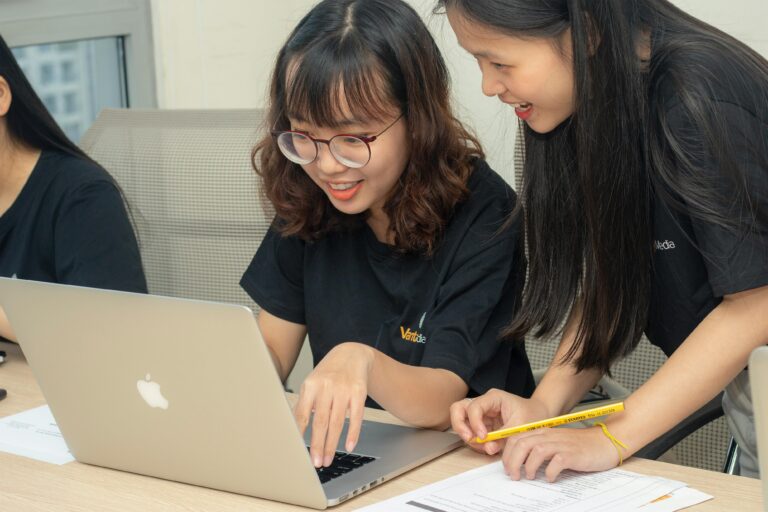Company Background
The client is a software company looking to scale its engineering team by hiring experienced full stack and frontend developers. They had been actively recruiting since last year, aiming to finalize hires by January 2025. Given the technical complexity of their product, the client maintained a high bar for talent, focusing on quality rather than speed.
Hiring Goals
The company needed to fill four remote positions based in Southeast Asia to strengthen its core engineering team capacity:
- Senior Full Stack Engineer (7+ years of experience) with expertise in JavaScript, React.js, Node.js, MongoDB, AWS, microservices, Docker, Kubernetes, and Stripe. The role was backend-heavy (approximately 70%).
- Junior to Mid-level Full Stack Engineer to support the senior engineer, contributing across the stack with a focus on backend development.
- Senior Frontend Engineer with deep experience in ReactJS, React Native, TypeScript, Hooks, and Redux.
- Frontend Engineer (Freelancer) to provide flexible, project-based frontend development support.
All positions were fully remote, targeting candidates located in Southeast Asia. Strong English communication skills were important, as these engineers would collaborate daily with the client’s international product teams, primarily based in the United States.
Challenges Faced
- High Testing Standards: The client required a 90% passing score on a technical test reviewed directly by the Chief Product Officer (CPO), making the pass rate extremely low.
- Multi-Step Hiring Funnel: The process involved several stages, including role-specific screening calls, technical tests, and a final interview with the CEO.
- Unclear Compensation Structure: Early in the process, compensation details such as bonuses, flexibility, and other perks were not fully defined, making it difficult to align candidate expectations.
- Competing Agency: The client was also working with another recruitment agency, introducing additional complexity and urgency.
- Diverse Hiring Needs: The client was looking to hire a mixed team consisting of senior, mid-level, and freelance engineers, requiring different sourcing strategies while ensuring all hires could collaborate effectively with an international team based in the U.S.
Solution
Second Talent provided comprehensive support throughout the engagement:
- Tailored Sourcing Strategy: Developed parallel pipelines for senior full stack engineers, junior/mid-level full stack engineers, senior frontend engineers, and freelance frontend engineers, focusing on fully remote candidates within Southeast Asia.
- Technical Assessment Coaching: Provided candidates with insights on the client’s assessment structure to improve preparedness without compromising quality.
Market Insights: Delivered detailed salary benchmarks and recommendations to help the client define a clearer and more competitive compensation structure. - Process Optimization: Helped the client refine and communicate clearer role definitions and selection criteria for each position, reducing confusion and improving candidate targeting.
Freelance Network Development: Proactively built a strong pool of vetted freelance Frontend Engineers, giving the client the flexibility to scale or replace as needed.
Results Achieved
Second Talent successfully helped the client complete the hiring of all targeted positions, including a senior full stack engineer, a junior/mid-level full stack engineer, a senior frontend engineer and a freelance frontend engineer.
In addition to filling the immediate positions, Second Talent also delivered an impressive database of pre-vetted freelance frontend engineers, ensuring the client has immediate access to replacement or additional freelance capacity if needed.
The client was able to meet their engineering capacity goals ahead of their January 2025 target while securing talent that fits both their technical and cross-cultural collaboration needs.









